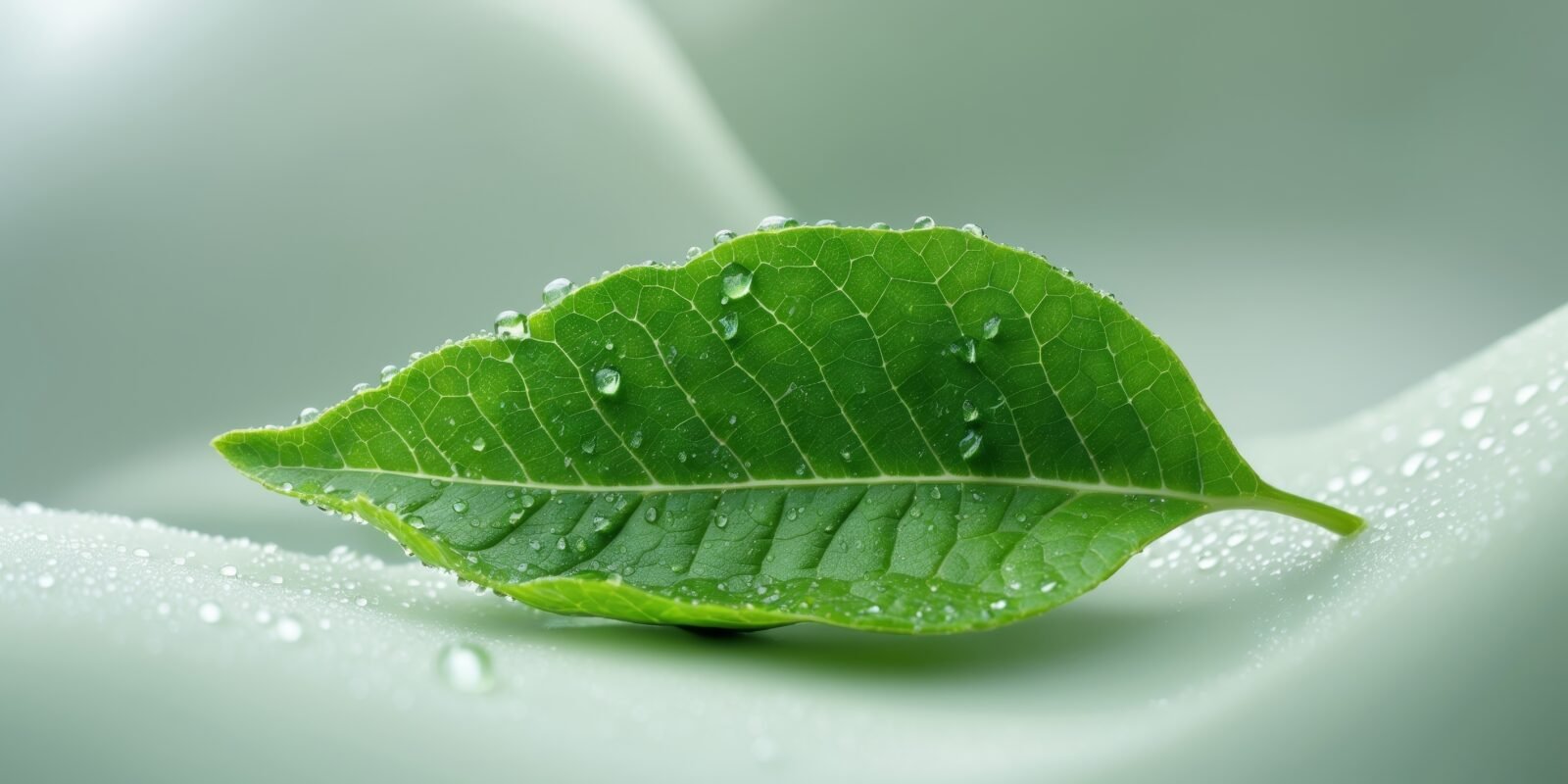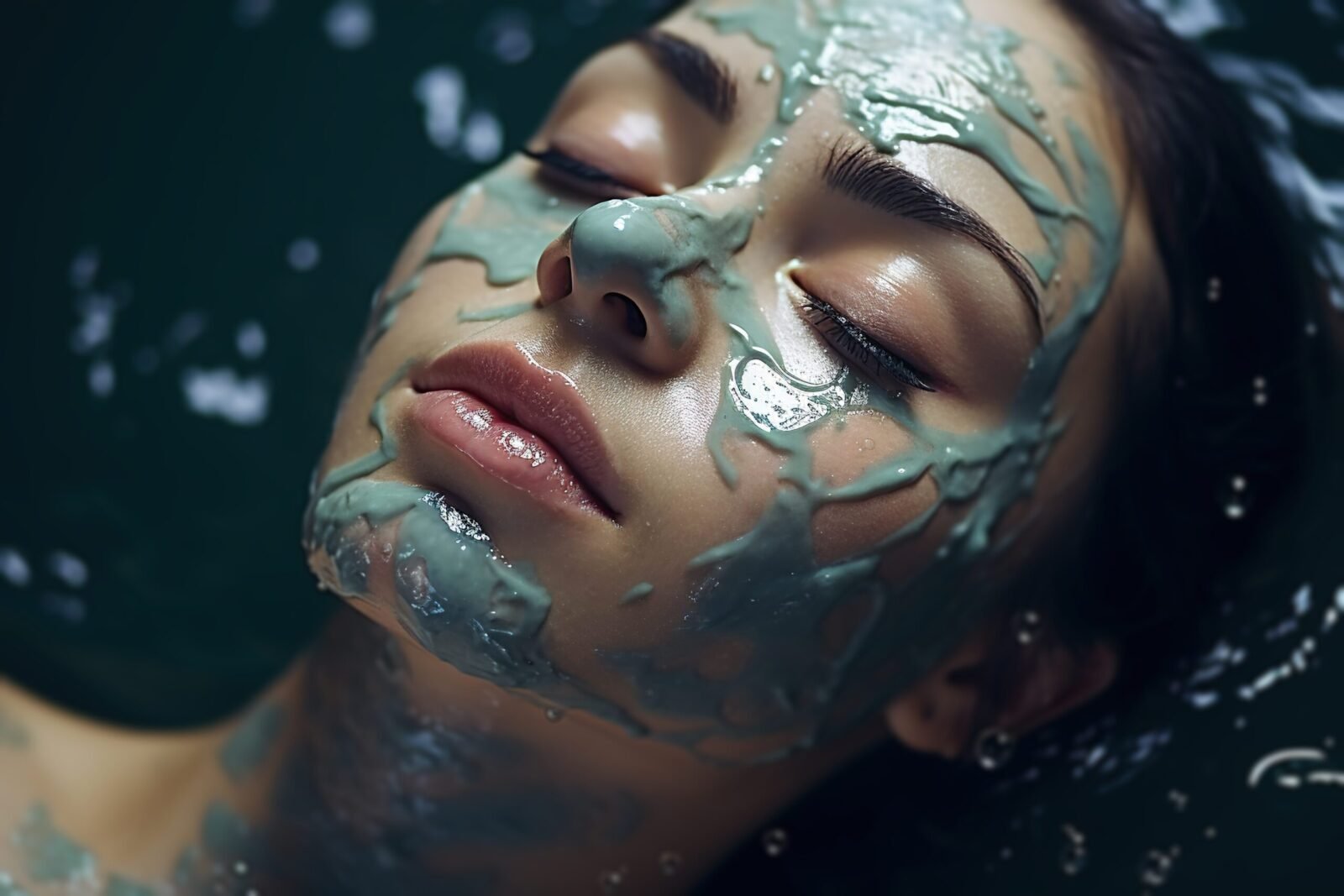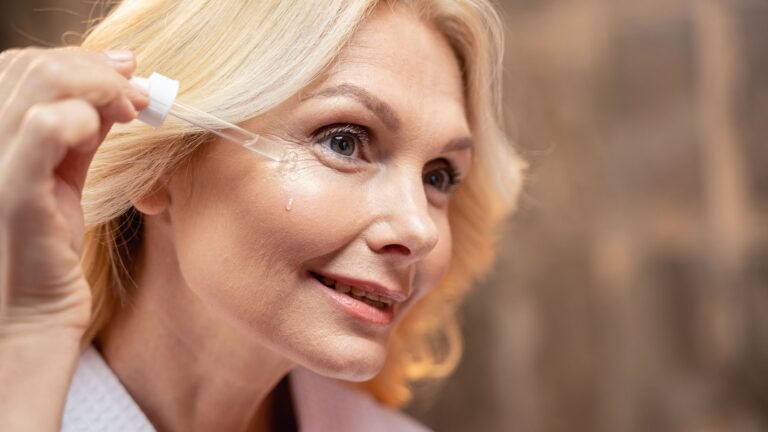Tranexamic acid (TXA) has become one of the most studied actives in modern brightening skincare. Originally known for its hemostatic properties, it has now gained strong recognition for reducing melasma and post-inflammatory hyperpigmentation. However, formulating it correctly requires an understanding of concentration, pH, and compatibility with other brighteners. Therefore, this guide summarizes the optimal parameters for creating stable and effective TXA serums. In addition, it explores synergistic pairings with Niacinamide and Azelaic Acid—two well-known actives that enhance efficacy when combined thoughtfully.
Scientific Background
TXA inhibits the conversion of plasminogen to plasmin, which in turn reduces inflammatory mediators that trigger melanocyte activity. As a result, melanin formation decreases naturally without the risks associated with tyrosinase inhibition. Moreover, TXA improves skin clarity and tone by targeting hyperpigmentation at its root cause. Because it acts on the inflammatory cascade, it pairs well with barrier-supportive and antioxidant ingredients.
Effective Concentration Range
Cosmetic serums typically use TXA between 2% and 5%. Studies demonstrate that 3% TXA visibly reduces melasma severity within eight to twelve weeks of daily application. Furthermore, increasing concentration to 5% can slightly boost results, though it may raise crystallization risk if not fully dissolved. Therefore, most chemists aim for a balanced 3% in water-based brightening systems. For lighter essences or toners, 2–3% provides excellent efficacy without stability issues.
pH and Solubility Considerations
TXA is freely soluble in water and stable in formulations between pH 5.0 and 7.0. At lower pH, its solubility decreases; at higher pH, hydrolysis may occur. Consequently, formulating around pH 5.5–6.0 ensures both chemical stability and skin compatibility. Furthermore, because this pH range aligns with the skin’s natural acid mantle, irritation risk remains minimal. Using buffered systems also helps maintain long-term stability and transparency.
Synergy with Other Brightening Actives
Tranexamic Acid and Niacinamide
Combining Niacinamide (Vitamin B3) with TXA is one of the most evidence-backed strategies in cosmetic science. Niacinamide reduces melanosome transfer, while TXA decreases melanin signaling. Consequently, the duo works synergistically at different stages of the pigmentation pathway. Clinical data show that 3% TXA paired with 4–5% Niacinamide leads to faster and more uniform brightening compared to either ingredient alone. Moreover, both ingredients share similar solubility and pH requirements, simplifying formulation development. As an added benefit, Niacinamide also reinforces the barrier, which helps improve tolerance to daily use.
Tranexamic Acid and Azelaic Acid
Azelaic Acid offers complementary action by directly inhibiting tyrosinase activity and improving cell turnover. However, its native form has limited solubility in water and prefers a slightly acidic environment (pH 4.0–5.0). To resolve this mismatch, formulators often use azelaic acid derivatives—such as potassium azeloyl diglycinate or azelamide MEA—which remain stable at pH 5.0–6.0. Consequently, TXA and azelaic derivatives can coexist in a single formula without crystallization. The resulting system not only lightens pigmentation but also reduces inflammation and sebum, making it ideal for acne-prone, uneven skin tones.
Additional Compatible Brighteners
Beyond Niacinamide and Azelaic Acid, TXA blends well with other water-soluble brighteners. For example, Alpha-Arbutin (1–2%) provides an extra tyrosinase-blocking effect. Similarly, Ascorbyl Glucoside (1–3%) adds antioxidant support, while Licorice Extract (0.5–1%) reduces redness and irritation. By combining multiple mechanisms of action, chemists can create layered brightening formulas that remain gentle yet effective.
Formulation Engineering Tips
When creating TXA serums, solvent selection and pH control are crucial. Begin by dissolving TXA completely in the aqueous phase before adding other ingredients. Then, incorporate humectants such as propanediol or butylene glycol to enhance solubility and texture. In addition, include mild chelating agents like GLDA to protect against metal-induced oxidation. For an elegant sensory profile, small amounts of Hemisqualane can be added for lightweight slip.
Example Base Formula
- Water (Aqua) – to 100%
- Tranexamic Acid – 3%
- Niacinamide – 5%
- Potassium Azeloyl Diglycinate – 5%
- Glycerin – 3%
- Propanediol – 2%
- Panthenol – 0.5%
- Phenoxyethanol + Ethylhexylglycerin – 1%
- pH Adjuster (Citric Acid / NaOH) – to 5.8–6.0
This formulation yields a stable, transparent serum that retains clarity during 12-week accelerated testing. Furthermore, it provides excellent spreadability and a cooling skin feel. By maintaining pH around 5.8, both TXA and Niacinamide remain active and compatible.
Viscosity and Texture Control
TXA serums are usually water-light, so minor gelling is useful to improve sensory perception. Therefore, include small amounts of hydroxyethylcellulose or sodium hyaluronate (0.2–0.4%) to create a serum-like viscosity. Moreover, texture agents can help prevent tackiness from humectants, providing a more elegant finish. When emulsifying, choose gentle emulsifiers that maintain the desired pH window.
Preservation and Stability
Because TXA systems are water-based and mildly acidic, preservation is essential. Use phenoxyethanol with ethylhexylglycerin, or sodium benzoate with potassium sorbate, to ensure microbial stability. Furthermore, store final formulations in air-tight, opaque containers to prevent oxidation. Avoid strong acids or AHAs in the same product phase, as they may cause precipitation. Regular stability testing at multiple temperature conditions ensures reliable shelf life.
Safety, Tolerability, and Claims
TXA is remarkably gentle compared to traditional brighteners such as hydroquinone or kojic acid. Patch tests show minimal irritation even at 5%, making it suitable for daily use. Nevertheless, when combined with exfoliating actives, advise alternating application to minimize barrier fatigue. Additionally, remind consumers that consistent sunscreen use maximizes results and prevents rebound pigmentation.
Clinical Performance
Multiple studies validate TXA’s performance. For example, 3% TXA reduced melasma intensity by up to 35% after twelve weeks of use. Meanwhile, TXA combined with Niacinamide produced faster overall tone correction than 2% hydroquinone in mild cases. Moreover, pairing TXA with Azelaic Acid derivatives reduced post-inflammatory dark spots in acne-prone subjects. Collectively, these findings support TXA as a safe and science-backed brightening agent.
Formulator Notes
To achieve professional consistency, always dissolve TXA before thickening or emulsification. Moreover, keep total humectant content under 10% to avoid stickiness. For opaque emulsions, pre-disperse TXA in the aqueous gel before combining with oils. In addition, monitor pH after each ingredient addition, as even minor changes can alter solubility. Therefore, frequent pH checks during production help ensure stability and transparency.
Compliant Claim Examples
- “Visibly brightens and evens skin tone.” ✅
- “Reduces the look of dark spots and discoloration.” ✅
- “Helps fade post-acne marks and melasma.” ✅
- “Treats melasma or skin diseases.” ❌ (Avoid therapeutic claims)
Summary & Key Takeaways
- TXA at 2–5% offers safe, effective brightening with minimal irritation.
- Maintain pH between 5.5–6.0 for optimal solubility and stability.
- Niacinamide and azelaic derivatives enhance efficacy through complementary pathways.
- Humectants, chelators, and mild preservatives support stability and clarity.
- Regular testing ensures long-term performance and consumer safety.
Next Steps for Chemists
In conclusion, Tranexamic Acid continues to redefine brightening formulation science. When paired with Niacinamide and Azelaic Acid, it delivers consistent, visible improvements without irritation. To explore high-purity TXA or Niacinamide grades, visit the Grand Ingredients Product Center. Additionally, you can browse the Brightening Actives Hub for related materials and synergy data. Finally, if you need stability samples or formulation guidance, you can Request a Sample directly from our technical support team.







